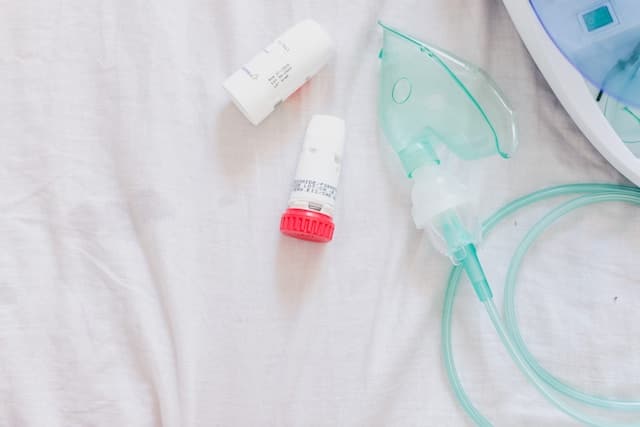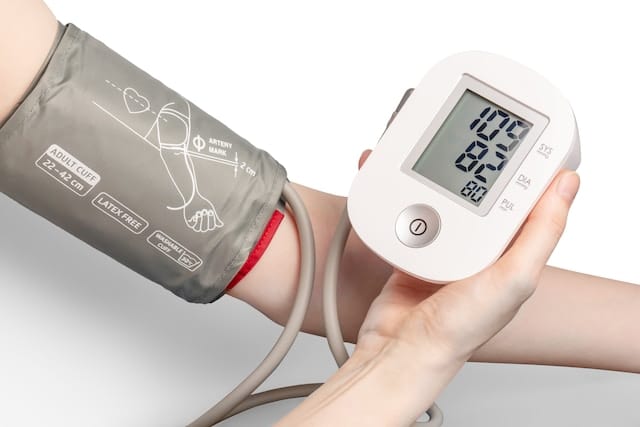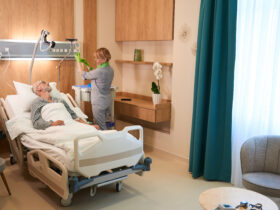Some people would probably assume that you have to be employed as a healthcare professional to get your hands on certain medical devices. After all, doctors use a number of machines and apparatuses to monitor the health of their patients. However, there are several types of medical gadgets that you can buy for your own use in your home— some are very common, while others are not so common. Here are seven medical devices that are good to have at home.
#1: Weighing Scales
These days, scales are common household items, whether they’re cooking scales to weigh ingredients or a typical scale to weigh body weight. This is a good tool to have because body weight is just one of several factors that indicate the condition of one’s health. Of course, many factors can come into play when discussing body weight, as body weight fluctuates throughout the day and the fact that muscle weighs more than fat. A healthy body weight is indicated by a body mass index (BMI) lower than 25, but again, many things can affect this, and weight is only one indicator of physical health.
#2: Thermometers
Most people already have this device in their homes, especially since the COVID-19 pandemic. A thermometer measures the body’s internal temperature, usually to determine if someone has a low-grade or full-blown fever, which is a body temperature higher than 99 degrees Fahrenheit (37.5 degrees Celsius) in adults. While this is usually used to confirm a high body temperature, it can also be used to confirm a low body temperature, which is under 97 degrees Fahrenheit (36 degrees Celsius) in adults. Some adults may naturally have a lower or higher body temperature, but anything lower than 95 or higher than 104 can be deadly.
#3: Pulse Oximeter
A pulse oximeter is a device that measures the concentration of oxygen in the blood. Oxygen in the blood is required for vital organs to function properly. Those with chronic respiratory illnesses such as COPD (chronic obstructive pulmonary disease) or asthma can benefit from using a pulse oximeter. The COVID-19 pandemic caused healthcare providers to recommend their COVID patients use a pulse oximeter to monitor their oxygen levels. Those with certain heart conditions may also benefit from using this device.
#4: Inhaler Machine

An inhaler machine can be used to help improve respiratory congestion when used with albuterol or saline water. Oxygenated inhaler machines are used for asthma patients. Used in conjunction with a pulse oximeter, both devices used by those with respiratory conditions (both chronic and acute) can help keep an appropriate level of oxygen inside the body.
#5: Glucose Monitor
A glucose monitor tracks blood glucose (blood sugar), which is the body’s primary source of energy. Individuals diagnosed with type 2 diabetes or prediabetes are required to measure their blood sugar levels every day. Type 2 diabetes affects the way the body processes sugar due to the pancreas not producing enough insulin or not responding to insulin properly. Prediabetics have a blood sugar level higher than normal— but not high enough to be considered diabetic— and monitoring their glucose levels can help prevent diabetes.
#6: Blood Pressure Monitors
A blood pressure monitor is a device used to monitor one’s blood pressure, as the name suggests. This machine is most often used by those with hypertension (high blood pressure), but those with low blood pressure can also benefit from using it. High blood pressure is when it’s higher than 120 over 80, while low blood pressure is when it’s lower than 110 over 70.
#7: Automated External Defibrillator (AED)
This machine is used to help those who have experienced sudden cardiac arrest, as it delivers an electric shock to restore the heart’s rhythm back to normal. Many buildings (both medical and nonmedical) have AED machines available for use in the event someone suffers cardiac arrest, and you can even purchase one to keep in your home. These machines are fairly easy to use because they walk you through each step, but you can also receive CPR, first aid, and other basic life support training in person or online at ProTrainings.
While you can own all of these devices to monitor your health, it’s still important to visit your primary healthcare provider routinely, whether it’s once or twice a year. These seven devices can’t monitor everything (such as cholesterol and vitamin deficiencies), and visiting your doctor can make sure all aspects of your health are covered.














Leave a Reply